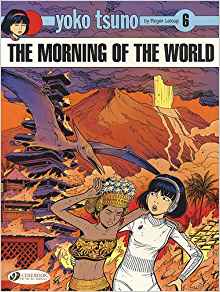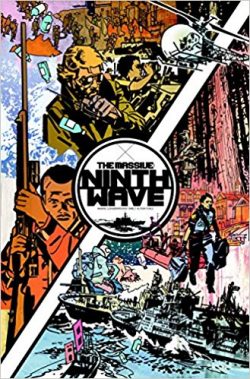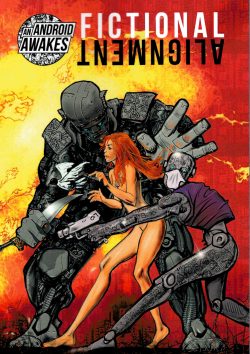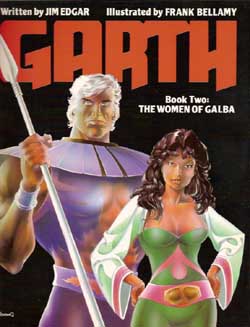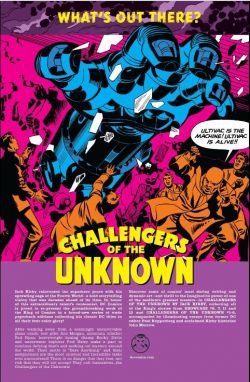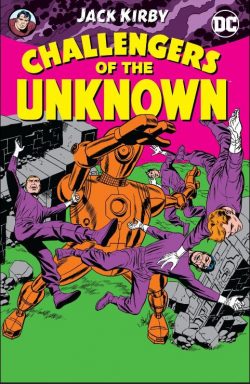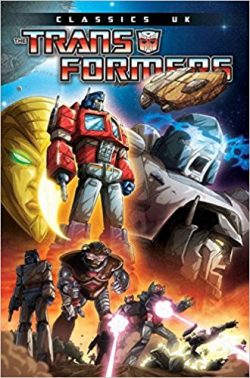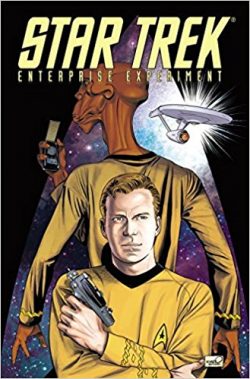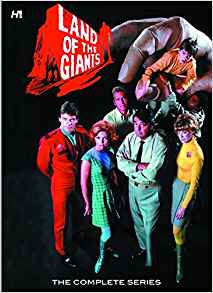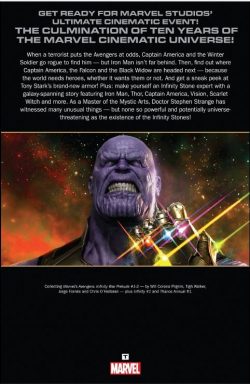

By Will Corona Pilgrim, Tigh Walker, Jorge Fornés, Chris O’Halloran, with Jonathan Hickman, Jim Starlin, Jim Cheung, Ron Lim & various (Marvel)
ISBN: 978-1-3029-0943-7
With another eagerly anticipated Marvel Cinematic Universe film premiering around the world, here’s a timely trade paperback and eBook edition to augment the celluloid exposure and cater to movie fans wanting to follow up with a comics experience.
Comprising selected reprints and new digital material designed to supplement the movie release, these Prelude editions have become a traditional part of the dissemination and build-up and this compilation contains Marvel’s Avengers Infinity War Prelude #1-2 plus material starring the ultimate arch-villain Thanos taken from Infinity #1 and Thanos Annual #1.
This original 2-part miniseries sets the scene for the film blockbuster: written by Will Corona Pilgrim and based on the Captain America: Civil War screenplay by Christopher Markus & Stephen McFeely. It was realised by illustrator Tigh Walker, colourist Chris O’Halloran and letterer Travis Lanham and reveals how the knowledge that Captain America’s old ally Bucky (AKA Winter Soldier) assassinated Tony Stark‘s parents splits the Avengers into two warring teams…
After a ferocious battle, Cap’s allies – Falcon, Scarlet Witch, Ant-Man and Hawkeye – are broken out of prison by the renegade Sentinel of Liberty and take refuge in Wakanda where the advanced technologies of the Black Panther deprogram Bucky even as in America an isolated Stark reconfigures his armour in advance of an overwhelming threat heading to Earth from the depths of space…
The second chapter Рwith Jorge Forn̩s as artist Рfeatures new movie maven Dr. Strange, coming to terms with his role in a terrifying universe of appalling unknown forces and deadly dangers.
As advisor Wong regales the wizard with tales and histories of the Infinity Stones and how they have shaped events (as seen in many previous MCU films), Thor and Loki return to Earth to consult the mage in the matter of the sudden disappearance of Asgardian All-Father Odin…
In space, the Guardians of the Galaxy are also gauging a growing threat as cosmic overlord Thanos turns his avaricious eyes upon Earth…
Of course, all these plot threads get knotted together in the movie…
The supplemental classic appearances then open with the first chapter of mega publishing event Infinity #1 (August 2013), scripted by Jonathan Hickman.
In the aftermath of the blockbuster Avengers versus X-Men war, the company-wide reboot MarvelNOW! reformed the entire overarching continuity: a drastic reshuffle and rethink of characters, concepts and brands with an eye to winning new readers and feeding the company’s burgeoning movie blockbuster machine…
Moreover, numerous story strands were slowly building and combining to kick off the Next Big Thing with the cosmically revamped Avengers titles forming the spine of an encroaching mega-epic.
The intergalactic Hammer of Doom finally fell as a two-pronged, all-out attack which saw an impossibly ancient threat materialise to wipe out life in the cosmos, whilst Earth itself was targeted by an old enemy with a long memory and monstrous agenda…
What Came Before: In recent Avengers episodes an impossibly ancient trio of galactic “Gardeners†– robotic Aleph, seductive Abyss and passionate Ex Nihilo – attempted to remake Earth into something special. To that end they bombarded the world with “Origin bombsâ€, seeding locations with bizarre, exotic and uncompromising new life-forms.
When the Avengers went after them, the invaders claimed to have been tasked by The Builders – first species in creation – and their Mother of the Universe to test and, whenever necessary, eradicate, recreate and replace life on all worlds.
Although the World’s Mightiest Heroes defeated the intruders and set about mitigating the effects of the O-bombs on Earth, it seemed increasingly futile as global threats seemingly multiplied without surcease. Evidence also indicated that the very structure and celestial mechanics of the multiverse were catastrophically unravelling.
And then rumours began of an incredible alien armada heading directly for Earth…
It all starts here with the miniseries’ first issue as ‘Infinity’ (illustrated by Jim Cheung, Mark Morales, John Livesay & David Meikis) focuses on Saturnian moon Titan where death-driven despot Thanos dispatches his diabolical Outrider to demand ‘The Tribute’ from another newly enslaved world in his growing interstellar empire. Some of the Dark Lord’s most effective agents are already on Earth, stalking the planet’s greatest champions and ‘Constructing Apocalypse’…
Sixty thousand light-years away, an even bigger threat is mopping up the puissant Space Knights of Galador. Various varieties of Builders – of the same ancient order that spawned Aleph, Abyss and Ex Nihilo – have razed the planet whilst unearthly new Avenger Captain Universe (whom the Gardeners call “Motherâ€) can only look on with despair as her wayward children destroy another world tainted by contact with Earth…
‘Orbital’ finds Captain America and Hawkeye cleaning out a nest of Skrulls in Palermo, but these invaders are far from the arrogant, treacherous warriors they’re accustomed to. The shapeshifters are scared, cowering refugees, fleeing and hiding from something incomprehensibly bad…
‘What was Hidden, Now Uncovered’ then focuses on the Inhumans‘ floating city Attilan, currently parked above Manhattan, where Outrider prepares to extract secrets from the brain of slumbering monarch Black Bolt.
Even as the supremely powerful Inhuman foils the ghastly intrusion, the Avengers have regrouped following Captain Universe’s return with warnings of an oncoming impossibly vast Builder Armada. It merely confirms what Earth’s deep space monitoring array already shows: The fleet is bearing directly on Earth and any race or empire in the way is summarily destroyed as the invaders move ever closer.
The once unbeatable Kree are only the latest to fall…
When a distress call arrives from the rulers of the Galactic Council representing Kree, Skrulls, Badoon, Spartax, Brood and Shi’ar, the Avengers are soon ‘Outbound’, resolved to stop the fleet long before it reaches Earth.
Severely wounded, Outrider returns to Titan to inform Thanos that the thing he seeks most in the universe has been hidden on Earth by Black Bolt, prompting an invasion by the Titan’s own fleet long before the Builders can arrive. Moreover, almost all the planet’s infernal metahuman champions have left for Kree space…
If that whetted your appetite, you’ll need to see the two volume Infinity collection…
Here, however, we move on to Thanos Annual #1 (July 2014) as a defeated, comatose Mad Titan recalls an early turning point in his life. Written by Jim Starlin, pencilled by Ron Lim and inked by Andy Smith, ‘Damnation and Redemption’ begins after his first defeat by Captain Marvel and the Avengers, when he used a Cosmic Cube to become God before being stripped of everything through his own arrogance.
At this low ebb he is tempted by arch demon Mephisto but saved by his own future self, using the Infinity Gauntlet’s Time Gem to correct an almost irrevocable error…
Shown his potential future, the Titanian plotter thinks he is on the rise but has not counted on the interference of true cosmic gods such as the Living Tribunal…
This selection also includes a cover and variants gallery by Adam Kubert, Dale Keown & Ive Svorcina, Skottie Young, Marko Djurdjević, Lim & Smith and Starlin & Al Milgrom.
From such disparate seeds movie gold can grow, but never forget that the originating material is pretty damned good too and will deliver a tempting tray of treats that should have most curious fans scurrying for back-issue boxes, bookshop shelves or online emporia…
© 2013, 2014, 2018 Marvel Characters, Inc. All rights reserved.

